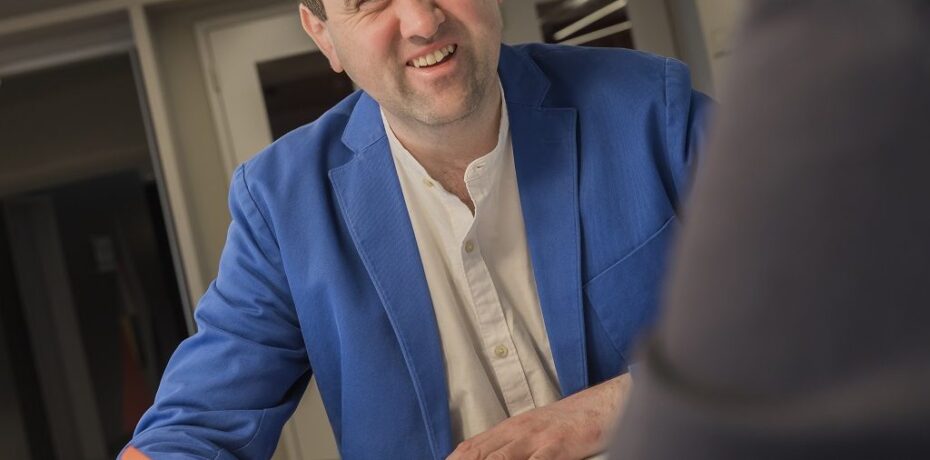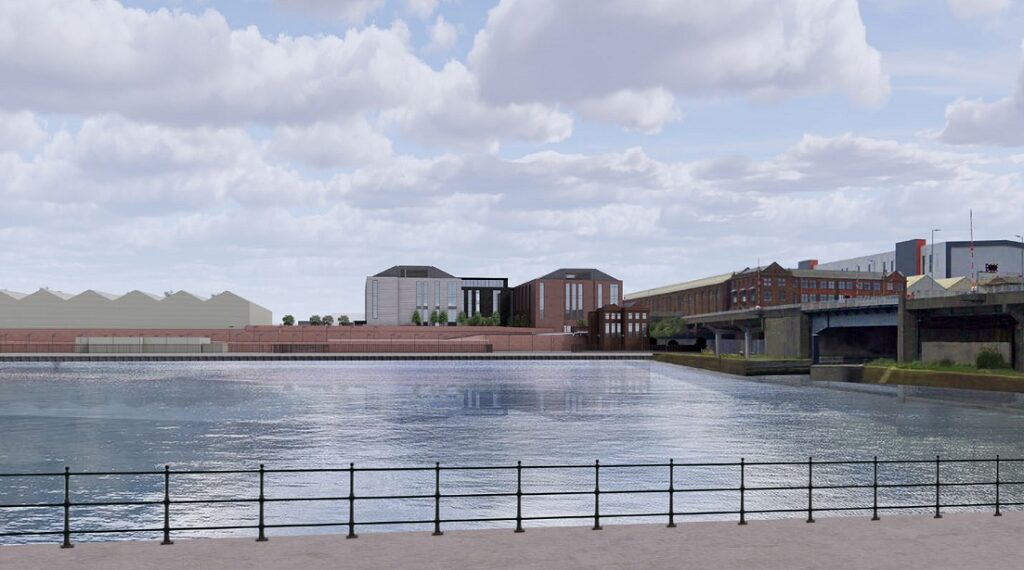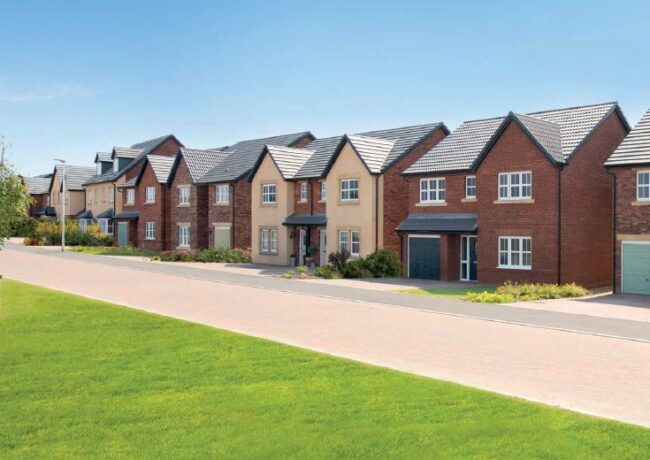Commentary
COMMENT | ‘Big Idea’ must underpin placemaking
Placemaking satisfies a common human need for a sense of belonging, writes Matt Brook of Places Matter.
This need is primal and fundamental to our happiness and wellbeing. We are hard-wired to search out meaning in the landscape and a sense of place. Placeless developments and environments are inherently detrimental to our wellbeing.
What makes a great place?
Great places stem from a clear local identity with which people and communities can identify, intrinsically linked to the location’s memorability. We attribute value to places whose clear legible design language makes them memorable.
This strong sense of identity created by well-designed places instils a human connection, adding commercial, civic and social value to all the functions of a place, be those shopping, dwelling, working, learning or relaxing.
How do we achieve great placemaking?
Great design and placemaking starts with a careful understanding of the brief, context and typology which is then distilled into an underlying ‘Big Idea’, an all-encompassing generator from which the rest of the design stems. It is this ‘Big Idea’ that must hold the design together throughout the process, providing the intellectual rigour and compelling narrative behind the project and standing as a defender of the design solution at every stage. Otherwise, a project is destined to drift, or worse; and that is why a culture of peer review within our sector remains paramount.
By peer-reviewing schemes at an early stage, we aim to ensure that a clear and robust ‘Big Idea’ capable of driving a scheme forward through design development, detailed design and implementation is outlined and maintained, creating a unified solution and a great place. Without this early clarity and clear rationale, designs always lack the quality required to achieve successful placemaking.
A clear ‘Big Idea’ and adherence to some fundamental design values underpin great design and placemaking.
Design Value 1: Distil and amplify a sense of place
Context analysis should start with a site’s relationship with the wider area and its historical development. The aim is to distil its essence, in order that ‘downstream’ design solutions amplify that sense of place, ensuring they become the next natural chapter in a place’s evolution.
Design Value 2: Generate a convincing narrative
A project’s ‘Big Idea’ should drive a convincing project narrative. This narrative should be born out of a rigorous response to both the analysis of the underlying character of the context, and the opportunities and constraints identified as part of this analysis. By creating a narrative born out of a rigorous analysis designs are created with form and meaning rooted in the essence of its locality, creating projects with local identity which engender community connections.
Design Value 3: Prioritise people, place and purpose
People are the common denominator for all the places we design. Well-designed places ensure that all the spaces and buildings we create are legible, respond to purpose and add meaning to the activities they contain. They should also acknowledge the human condition and the fundamental need for public and private spaces to be well defined, and for there to be defensible space between. Good design also creates a positive relationship between buildings and the public realm they define and should acknowledge a human scale and proportion.
Design Value 4: Keep it simple and sustainable
Simple elegant buildings and pure forms are more memorable, helping to create a strong sense of place. Well-designed and proportioned repetition combined with a limited palette of material helps create visual consistency and create robust, sustainable building envelopes.
Design Value 5: All scales should be informed by the Big Idea
All downstream design and detail decisions should reinforce a project’s ‘Big Idea’, ensuring that a project’s design rationale is clearly legible in the finished product. The initial ‘Big Idea’ should be the filter through which all downstream design decision making is passed. This regular returning to and testing of the ‘Big Idea’ through a project’s life creates the unified and harmonious quality that we recognise in all good design.
By focusing on the ‘Big Idea’ that drives a strong design narrative, we can unlock commercial, civic and social value and imbue projects with a must-have quality which create positive emotional responses, enhance wellbeing and add value to their surrounding communities.
 Matt Brook is the co-chair of Places Matter Design Review and the national design director for Corstorphine & Wright Architects
Matt Brook is the co-chair of Places Matter Design Review and the national design director for Corstorphine & Wright Architects
Places Matter is inviting applications from talented designers in the fields of architecture, engineering, landscape, urban design and the built environment to join the new Design Review Panel for 2020. For more information, visit www.architecture.com/placesmatter or see our advert on Place North West.





